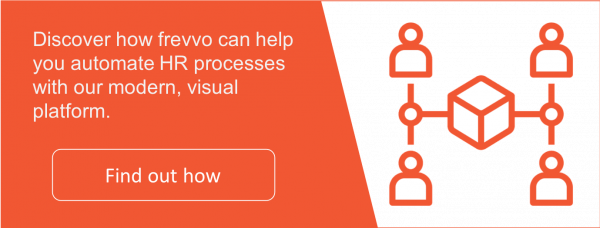By 2030, the global talent shortage is expected to amount to 85 million people – or some $8.5 trillion in lost annual revenue.
It’s no surprise recruitment has become so competitive.
Meanwhile, 40% of the workforce in the U.S. changes jobs annually. Which makes it even more difficult for companies to attract and retain top talent.
It’s also becoming increasingly clear companies need to address bias and privilege in recruitment practices if they want to promote diversity, inclusivity, and equality in the workplace.
On top of all that, the hiring pool is getting younger and more tech-savvy and information-hungry. Millennials now constitute the largest generation in the US workforce.
Here’s why that matters:
- Some 90% of jobseekers have searched for jobs using their mobile phone.
- 64% of candidates research potential employers prior to applying, and 37% of these will move on to the next listing if they don’t find sufficient information.
- 20% of job seekers won’t spend more than 20 minutes completing an application.
- 66% of candidates will wait less than two weeks before moving on if they don’t hear from a prospective employer.
So how do you respond to these trends?
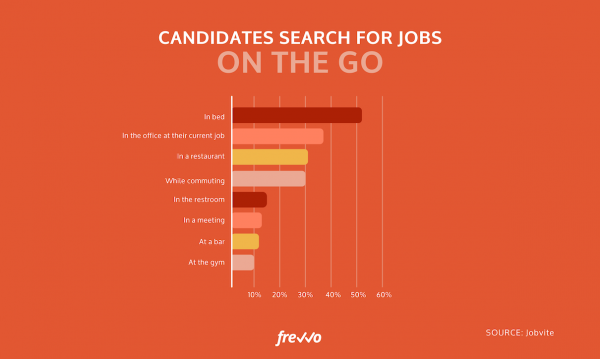
A Better Recruitment Process Begins with Technology
Your prospective talent is likely job-hunting on their lunch break, on their daily commute, or even at the office. A younger, more tech-savvy talent pool means that prospective employees have higher expectations of the companies they consider working for, and outdated hiring processes are unlikely to impress them.
So how can technology help you build a better recruitment process that helps you find the best person for the job – and saves time and money – while creating a more appealing application process for jobseekers?
First, break down your hiring process into its constituent workflows. This will make it easier to identify specific tasks that can be automated to improve your recruitment process.
Every company’s hiring process will look slightly different, but most businesses’ processes will include common recruitment workflows that shortlist top talent, interview promising candidates, and support the procurement process as a whole.
Each of these workflows has many steps that you can upgrade with the help of HR technology to make sure you hire the best candidate for the job, every time.
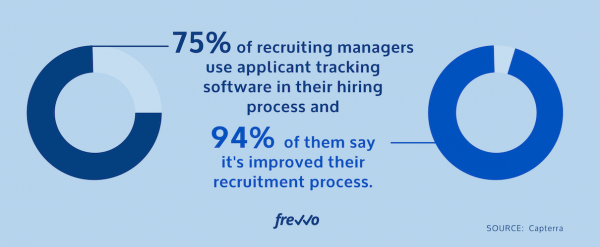
Let’s look at some of the ways technology can improve your recruitment workflows.
Shortlisting Top Talent
So your job listing is live and you’re receiving what feels like mountains of applications. If you’re not using some kind of recruitment software to help you, your inbox is probably overflowing and you’re likely feeling fairly overwhelmed.
What are the key shortlisting challenges?
- It takes a lot of time to open and read every single cover letter, resume and portfolio.
- Keeping track of which stage each application is in can be difficult. This can result in great candidates falling into the cracks.
- It can be hard to objectively identify the best candidates.
- Qualifications and experience are not always accurate indicators of a candidate’s abilities.
How can technology help?
Application tracking software (ATS) can filter and sort applicants according to the relevance of their applications and resumes. ATS also makes it much easier to keep track of all your applicants.
When it comes to evaluating candidates, you can use standardized online assessments to perform more effective and objective assessments of applicants’ abilities than with resumes and interviews alone. AI-enabled HR technology can also be used to “blind” the shortlisting process to remove bias where factors like race, gender or physical ability are concerned.
Interviewing Promising Candidates
Interviews play a crucial role in helping to identify the best candidate for the job. Once you’ve distilled your shortlist down to just the top applicants, it’s time to set an interview.
Interviews come with their own set of challenges:
- Multiple rounds of interviews can take up a lot of time.
- In-person interviews can exclude some candidates based on location.
- Scheduling the interview can result in a fair amount of back-and-forth before you find a time that suits everyone involved.
- Remembering details of an interview afterwards can be difficult, especially if you’re interviewing multiple candidates within a short timeframe.
Luckily, technology can help to streamline interviews too.
These days, you can save a lot of time by holding the first round interviews remotely by using video conferencing software. In fact, with the rise of remote work, a growing number of companies are hiring employees and contractors without ever having met them!
Technology can help streamline the scheduling process by allowing candidates to select from a list of available time slots.
Recording interviews (with applicants’ permission!) can help hiring committees to make the right choice by replaying interviews and comparing candidates’ responses.
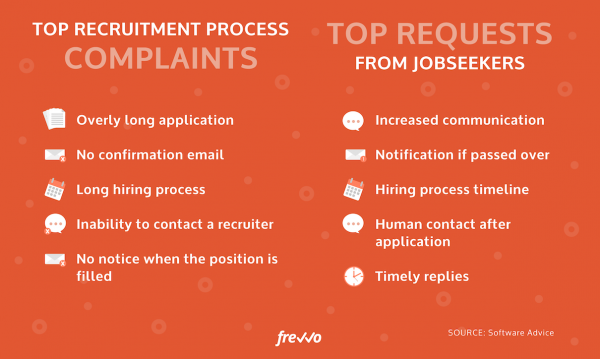
Automating Internal Workflows
There are a number of internal workflows in the recruitment process that support the core shortlisting and interviewing workflows.
For instance, you may have an internal workflow for creating and approving job specs, posting and promoting listings, processing applications, setting skills assessments, communicating with applicants, making offers and finalizing contracts.
While all of these workflows can be performed manually, technology lets you automate a lot of the tasks involved. Whether it’s marketing your job opening, routing applications among hiring committee members, sending rejection emails, or streamlining your contract approval process, automating internal workflows can save you a lot of time and effort.
How can internal workflow automation improve your recruitment process?
Automated approval workflows can streamline the way you collaborate as you create and approve documents, whether they’re job specs, assessments, or contracts.
Using smart forms to process applications raises the quality of the applications by ensuring that all fields are completed and requested attachments are attached prior to submission. Mobile-friendly application forms also encourage candidates to apply on the go, significantly increasingly the likelihood of time-pressed talent applying.
Workflow automation can also ensure that the right steps are taken at the right stage of each application, ensuring that applications are routed to the right people at the right time.
HR technology also gives businesses access to large quantities of data that can be used to strategically improve hiring practices over time, and a pool of candidates to draw from in future – with their consent to store their data, of course.
Upgrade Your Hiring Practices with frevvo
With workflow automation software like frevvo, you can upgrade many of your HR workflows and streamline your recruitment processes. Simply create digital forms and configure workflow routing rules with our 100% visual drag-and-drop form designer and workflow editor. No coding knowledge or I.T. assistance necessary.
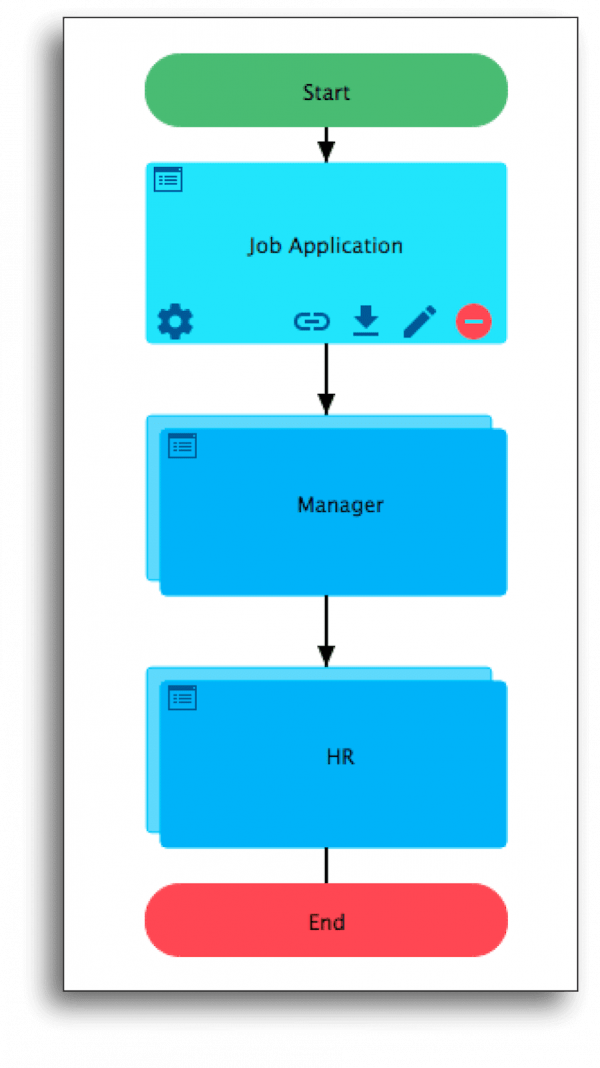
If you’d like to learn more about how technology can transform your HR operations, read our blog post, Do Your HR Tech Solutions Meet Your Workforce’s Needs?
After all the work you’ve put into attracting top talent, don’t neglect to put in the work to retain them. Read more about automating your new employee onboarding.
